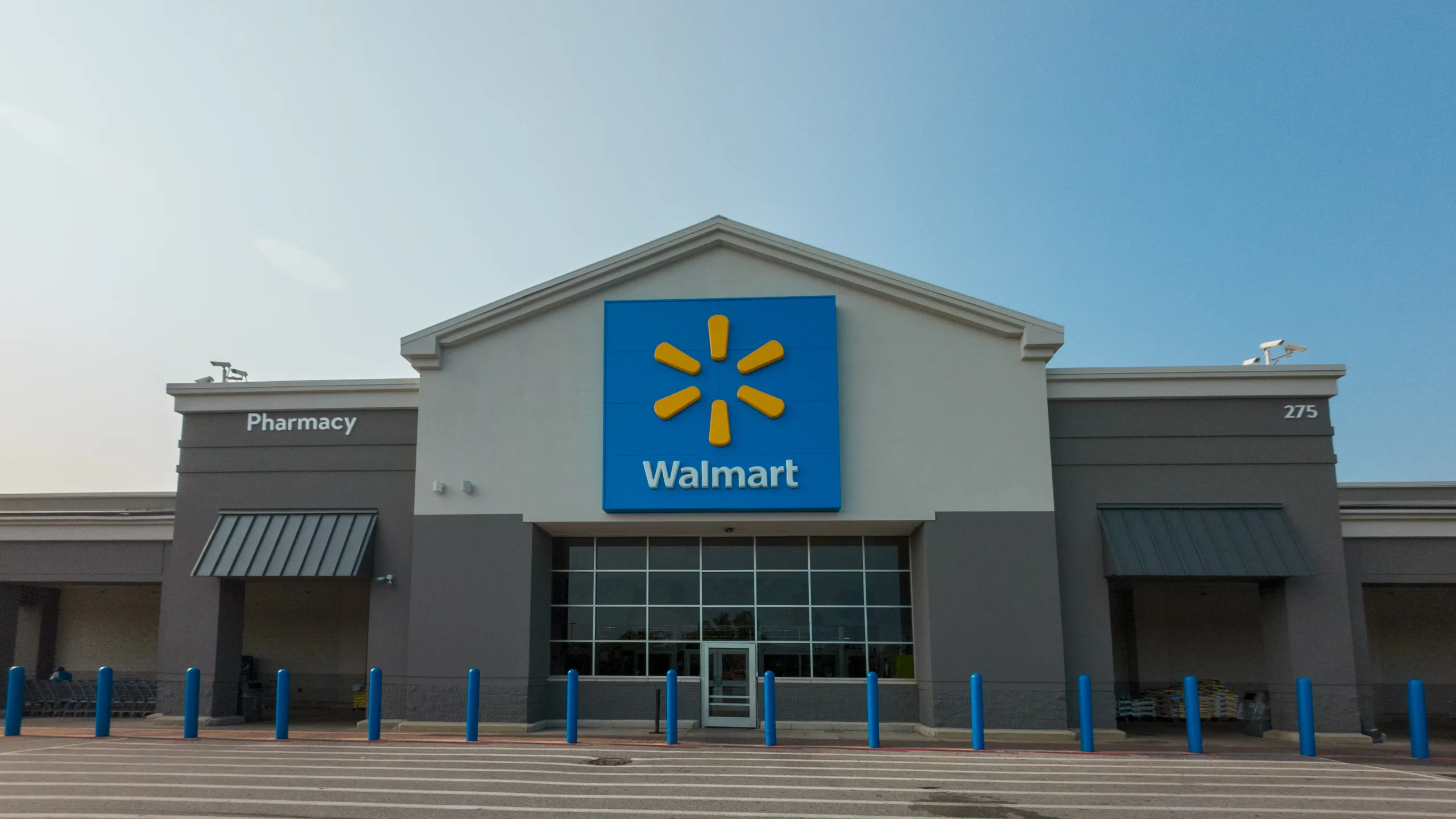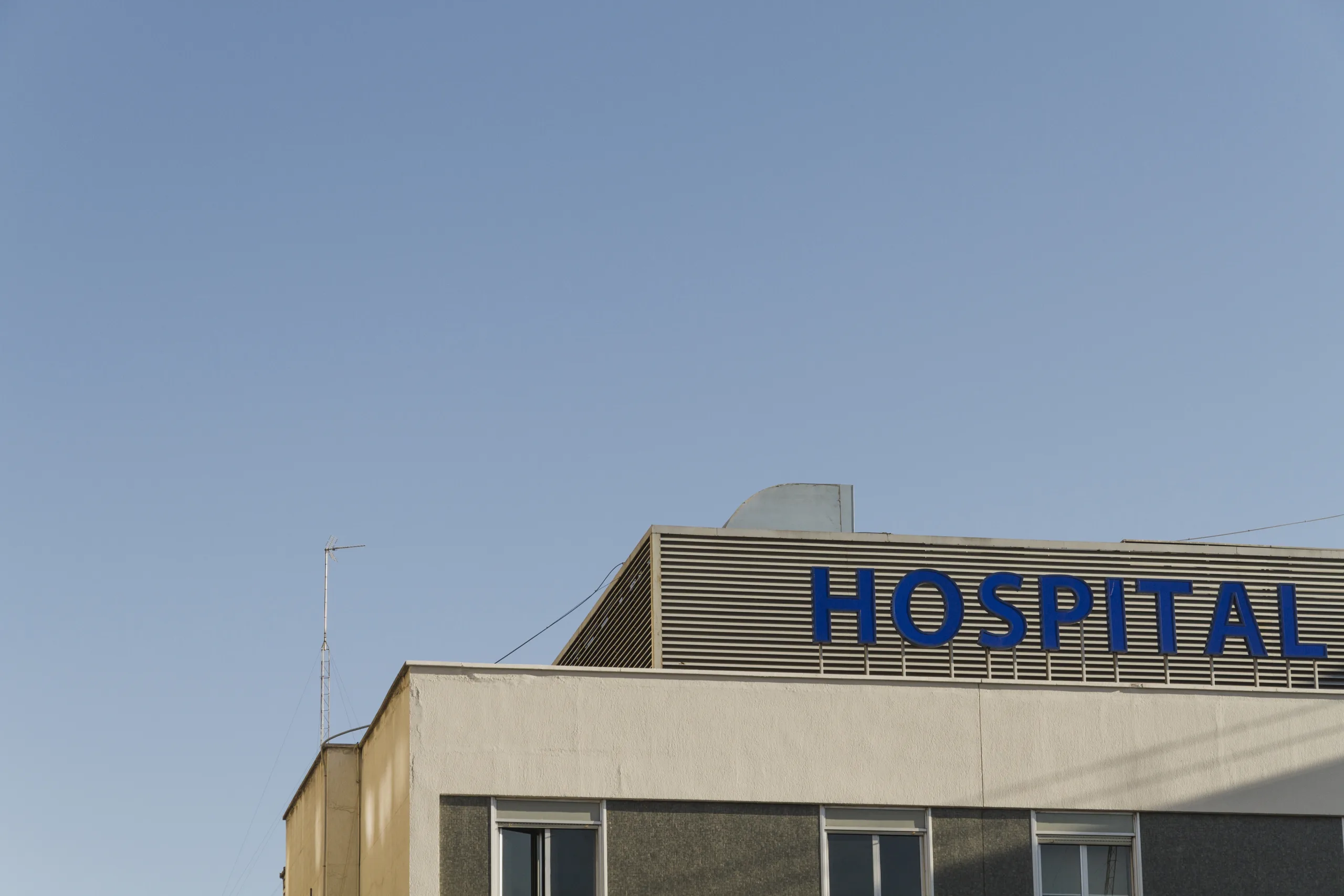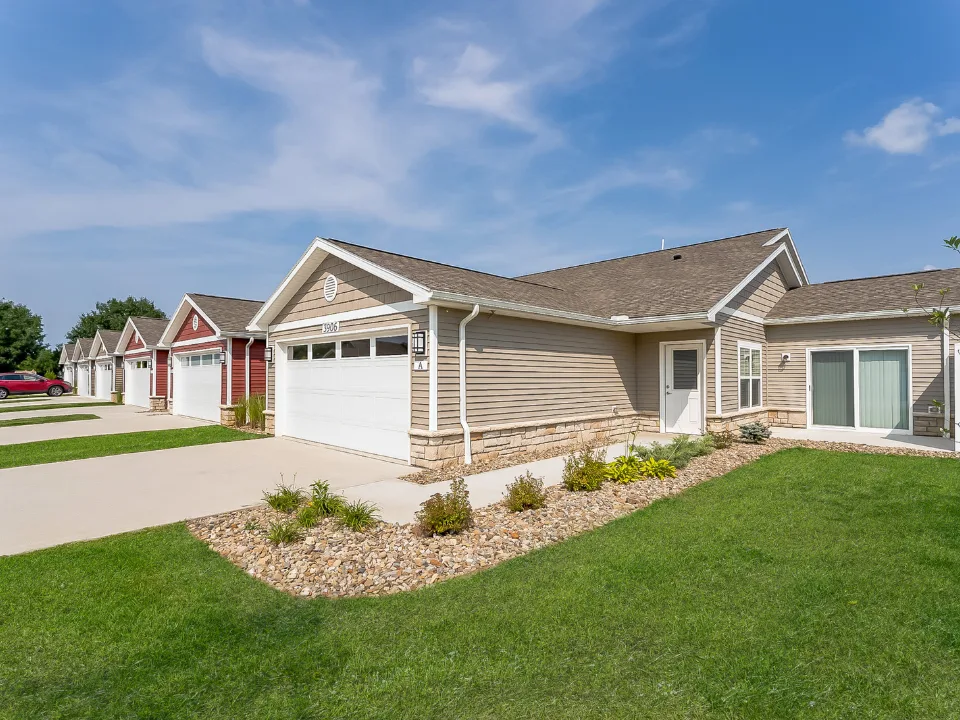- The OBBB, which extends 2017 tax cuts and limits federal spending, may boost demand for MOBs and ASCs as healthcare systems seek cost-effective care delivery models.
- Medicaid enrollment is projected to decline due to tighter eligibility rules, while states will face restrictions on using provider taxes to fund Medicaid.
- Hospitals reliant on government funding may turn to consolidation, asset monetization, or sale-leasebacks to manage financial pressure—especially in rural and underserved areas.
OBBB Shifts Care Delivery Focus
The One Big Beautiful Bill, signed into law earlier this year, is already reshaping expectations for the healthcare real estate sector, reports GlobeSt. A new CBRE analysis highlights the impact of spending cuts and stricter qualifications for federal healthcare programs like Medicaid and ACA exchange plans. These changes may push healthcare providers to seek more cost-efficient facilities. Medical office buildings (MOBs) and ambulatory surgical centers (ASCs) are likely to see increased demand as a result.
The bill signals over $1T in projected federal spending reductions. As a result, providers may be forced to reduce their reliance on inpatient facilities. Instead, they could shift toward outpatient care models, which are generally more cost-effective and flexible.
Rural Providers Face Added Pressure
The OBBB allocates $50B over five years for rural hospitals and community health centers. However, CBRE warns that these facilities could still face disproportionate strain. Broader funding cuts and regulatory changes may outweigh the allocated support. Many rely heavily on federal programs, which now face increased scrutiny and eligibility constraints.
Get Smarter about what matters in CRE
Stay ahead of trends in commercial real estate with CRE Daily – the free newsletter delivering everything you need to start your day in just 5-minutes
Portfolio Rationalization On The Rise
CBRE anticipates more hospital systems will evaluate their real estate portfolios, potentially triggering a wave of consolidation, mergers, and sale-leaseback activity.Medicaid enrollment is expected to drop by 0.7% annually through 2034. At the same time, provider taxes will gradually decrease from 6% to 3.5% of net patient revenue. As a result, hospitals may have little choice but to optimize or offload underused assets.
Insurance Access May Decline
The expiration of enhanced ACA subsidies at the end of 2025 and the rollout of stricter eligibility checks could lead to 4M people losing coverage, according to the Congressional Budget Office. Though the actual impact will depend on how states choose to respond—some may raise local spending to fill funding gaps—coverage uncertainty is expected to linger.
Why It Matters
The healthcare real estate market is at a pivotal moment. As providers grapple with financial uncertainty and regulatory change, demand for lower-cost, outpatient-focused facilities is likely to grow. However, the benefits may not be evenly distributed, with rural and community-based providers most vulnerable to the OBBB’s broader fiscal tightening.
What’s Next
Expect continued interest in MOBs and ASCs as providers adapt to a more constrained reimbursement landscape. Real estate investors may find increased opportunity in sale-leaseback deals and healthcare systems’ divestitures. However, flexibility will be key as many of the OBBB’s provisions remain subject to further government guidance and revision.

















